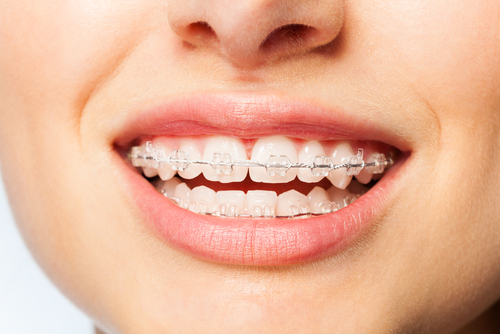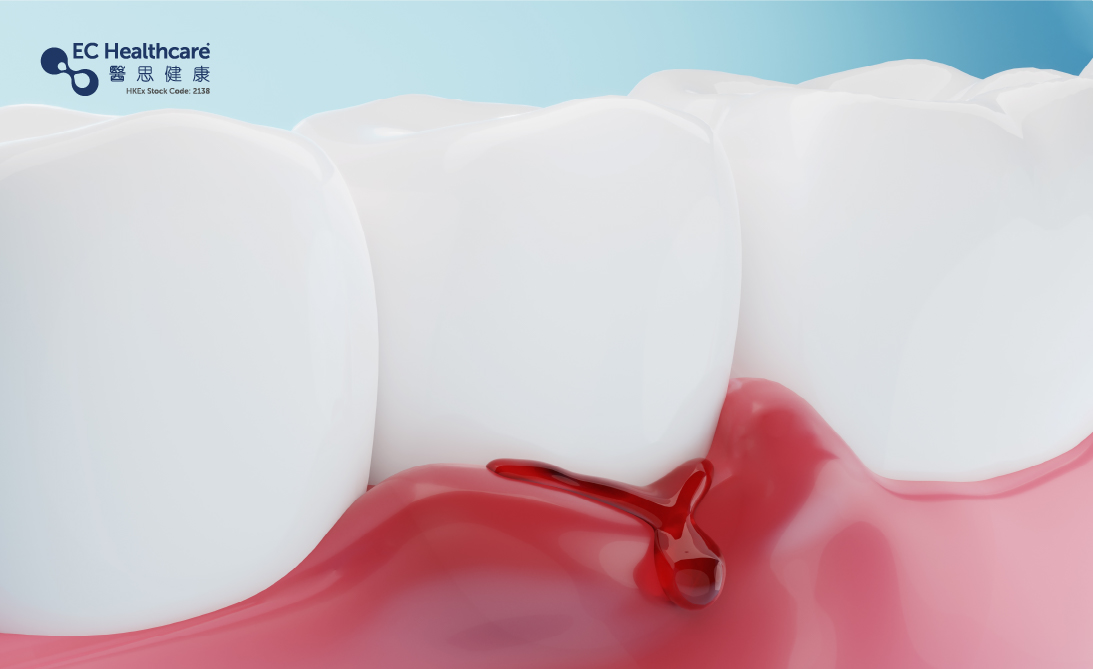Can Braces Really Slim Your Face?


When it comes to the pursuit of beauty, there are no limits. Many people opt for braces to achieve straighter and more attractive teeth. In fact, some celebrities have sparked rumors of undergoing cosmetic surgery due to the transformative effect braces can have on their facial appearance. But does getting braces actually lead to a slimmer face? Is it comparable to cosmetic procedures? And is there an optimal age for braces? Let's delve into these questions and uncover the truth!

Braces are a common orthodontic treatment method, whether it's traditional metal braces, ceramic braces, lingual braces, or invisible aligners. The basic principle behind braces is to use mechanical forces to reposition and align teeth, achieving symmetry, straightness, and proper bite alignment.
However, it's important to note that braces are not a cosmetic procedure and cannot change the size of facial bones or reduce facial muscles or fat. The reason some people may appear to have a slimmer or more sculpted face after getting braces is because the facial contours can be affected by factors such as misaligned or crowded teeth, excessive gum display, or improper bite alignment, which can create an asymmetrical appearance. After correcting the alignment and bite position of the teeth, there can be subtle changes in facial contours. For individuals with protruding front teeth, orthodontic treatment can involve retracting the upper front teeth that were previously tilted too far forward. As a result, the dental arch and upper lip can shift inward, creating a more symmetrical facial appearance when viewed from the front or side, which can give the illusion of a slimmer face.
In addition, some individuals may experience a decrease, slowdown, or reduction in the force of their chewing during the braces treatment. This can potentially lead to a decrease in the size of the chewing muscles, resulting in changes in facial appearance. However, it's important to note that braces are not a guaranteed method for altering facial shape or contours. The impact of braces on facial appearance varies from person to person, and some individuals may not experience any significant changes in their facial shape or contours after undergoing orthodontic treatment.
Is there an ideal age for braces?
Braces serve as the cornerstone of overall oral health. They not only improve tooth alignment but also address issues like crowding, gaps, misalignment, excessive spacing, protrusion, bite deficiencies or excesses, unclear speech due to bite issues, and narrow jaw. By reducing hard-to-reach areas and minimizing the risk of dental conditions such as cavities, periodontal disease, and gum inflammation, braces promote better oral hygiene and decrease the likelihood of oral health problems.
Is there an age limit for braces? Is there an optimal time for treatment? In reality, there is no specific age restriction for braces. However, if orthodontic treatment is initiated before the completion of tooth development, there is greater plasticity and the corrective outcomes tend to be more favorable.
The golden period for braces is generally defined in three stages: the primary dentition stage at around 6 years old, the mixed dentition stage from 8 to 12 years old, and the permanent dentition stage from 12 to 18 years old. However, even if these stages have been missed, there's no need to worry. With advancements in orthodontic technology, many adults can still achieve excellent results from braces treatment. By seeking professional dental clinics and regularly attending dental check-ups, individuals can ensure the best possible orthodontic outcomes. Dentists will assess each patient's specific needs and establish a viable treatment plan tailored to their unique circumstances, leading to optimal results in teeth alignment.
Related Brands










